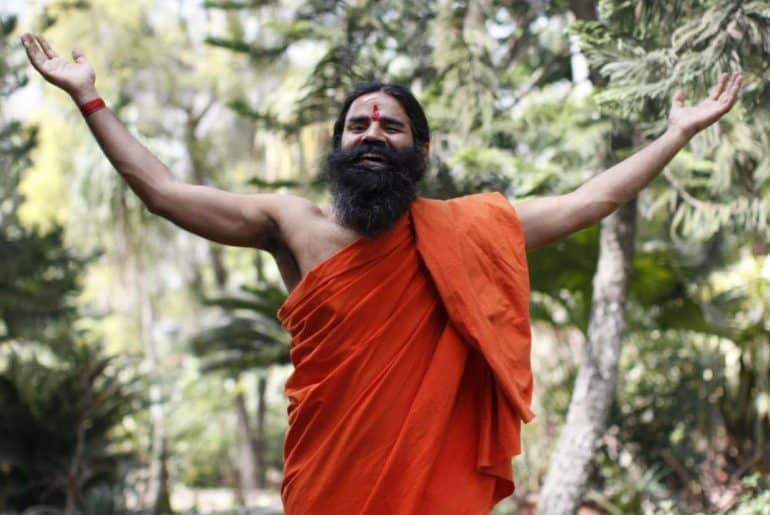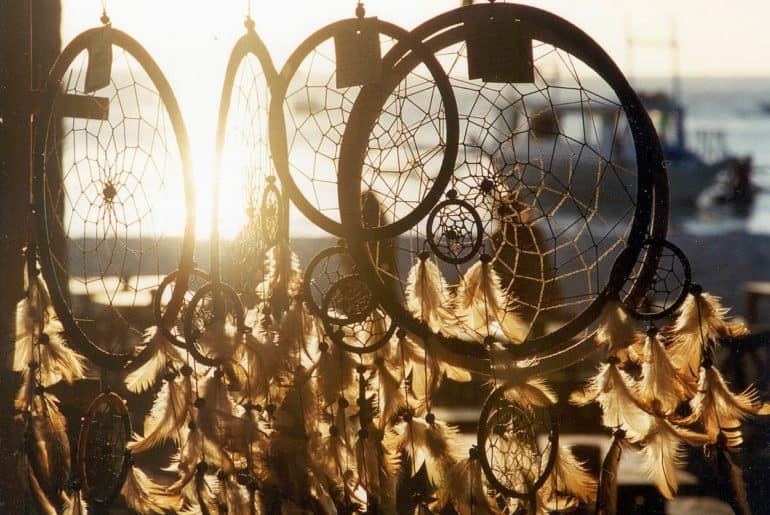Having launched a range of herbal and organic products like Patanjali shampoo, conditioner, face wash, oil and even noodles, the list of Baba Ramdev’s products under Patanjali Ayurved is longer than Shankar Mahadevan’s song, Breathless. Therefore, with his never-ending determination to promote traditional remedies and culturally rooted practices, his new mission now is to provide remedy for the dysfunctional and diluting education system of the country by opening a college under the University of Delhi. Already being touted as an innovative venture, the college will be called YUVA, short for Yoga and Ayurveda Academy and will be located near the newly built DDUC campus area in Dwarka.
From B.A with Yoga Science, B.Sc in Yoga to PG Diploma in Yoga, M.A in Sanskrit Literature, Tourism Management and more, the college promises a variety of off-beat courses for students to enrol in. Speaking to us on a condition of anonymity, an administrative staff member of the soon to be established college said, “Guru ji has started a great social change and bringing that change from Haridwar’s holy city to a metropolitan like Delhi was necessary seeing the social fabric of India diluting day by day. We are going to revolutionise the sphere of education with this college. Here traditions, culture and the ‘Bhartiya sanskriti’ will not only be preserved but also practiced.”
Since sanskriti must begin at home, in order to engage in the ’swadeshikaran’ of the youth’s ‘pehnawa’ boys will have to drape saffron robes while girls will adorn salwar-kameez as uniform., our sources tell us. The canteen will be ‘shuddh shakahari’ and insiders tell us that instead of having a college fest like other DU colleges, YUVA will have an annual ‘Yoga Shivir’ . To compensate for the star night, the yoga exponent’s ardent fan Shilpa Shetty Kundra will grace the stage, showcasing yoga asanas for her fans.
At this crucial hour, when many colleges are wanting to gain autonomy from DU, with this, we sincerely hope that by providing a remedy for anything and everything, Baba doesn’t end up getting a taste of his own medicine.
Image credits: Youth Ki Awaaz
**Disclaimer: Bazinga is our weekly column of almost believable fake news. It is a humorous, light hearted column that should only be appreciated and not accepted.
Riya Chhibber











